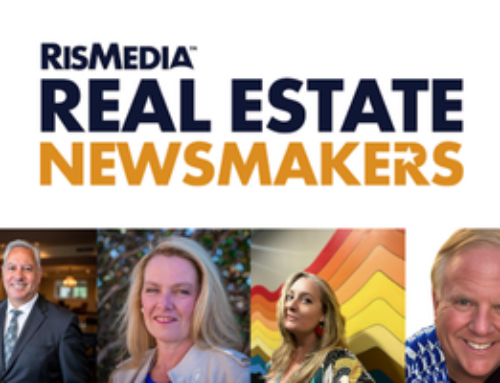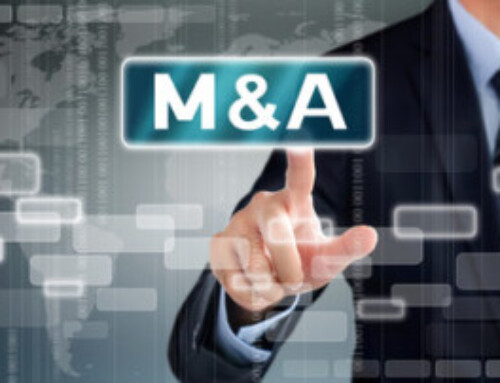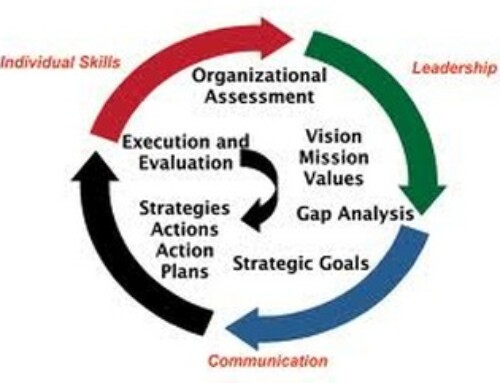 The number one mistake I’ve most often encountered through the many years I’ve spent working in communications and public relations, is a CEO who calls back a reporter and tries to “wing it.”
The number one mistake I’ve most often encountered through the many years I’ve spent working in communications and public relations, is a CEO who calls back a reporter and tries to “wing it.”
While I’ve been fortunate enough to work with several exceptionally media savvy CEOs throughout the years, they were the ones that never called back a reporter without being prepared.
Russell Wilson, the NFL quarterback for the Seahawks, delivers the best practice for CEOs when it comes to calling back a reporter: “The separation is in the preparation.” CEOs that provide the best interviews for reporters are able to do so because they are prepared.
Here’s how to avoid the biggest PR mistake:
Develop your messages: The most critical step in preparing for an interview is developing your messages. You need to be prepared before you begin the interview by knowing what you must get across to the audience. Answer this question: What’s the story you are trying to tell?
Three is the magic number: For every interview, prepare three main points that you want to be sure to get across. These are your core messages. Write them down and have them in front of you. For video recorded interviews, where you can’t use notes, you must commit them to memory.
Rules for key messages
Less is more: Limit your key messages to no more than three for most interviews. Otherwise, you will overload your story and overwhelm the interviewer and your audience. When you provide concise, reasoned key messages, you will connect with the interviewer and their audience.
What’s your SOCO?: Your single overriding communications objective: If you can get just one message across, and elicit just one response or action, what would that be? It’s always better to leave the audience with one thing to remember than to cover so many points, they won’t remember anything you said at all.
Be brief: Even for print interviews, you will be most effective when you think about how to answer in “sound bites.” A key message should be no longer than one sentence.
Remember that each key message must be tailored to the targeted audience that the interview will reach. Your core messages also can vary by medium: most television and radio programs reaches consumer audiences while a business publication reaches owners and business leaders. Think about what will resonate best with each audience. Why should they care about your story?
WAV Group Communications excels in helping companies tell their stories. We also provide in-depth media training for top-level executives. If you want to learn more, just contact me atkevin@wavgroup.com.




